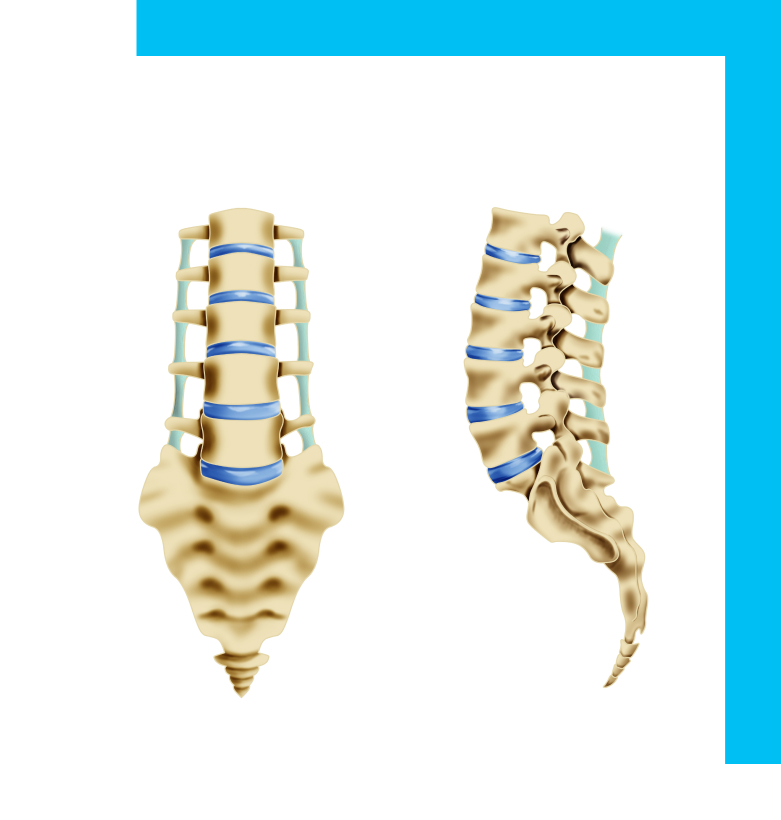Lower back pain is a prevalent and widespread concern affecting individuals of all age brackets. The primary causes often stem from mechanical issues attributed to lifestyle factors such as weakened back muscles, a sedentary way of life, and obesity, leading to strains in tendons/muscles or disc-related problems. Additional contributors include structural issues, age-related modifications to the spinal canal, and arthritis. Addressing lower back pain frequently involves a combination of physical therapy, medication, and rest. To proactively safeguard against these issues, maintaining an optimal weight and an active lifestyle are paramount.

